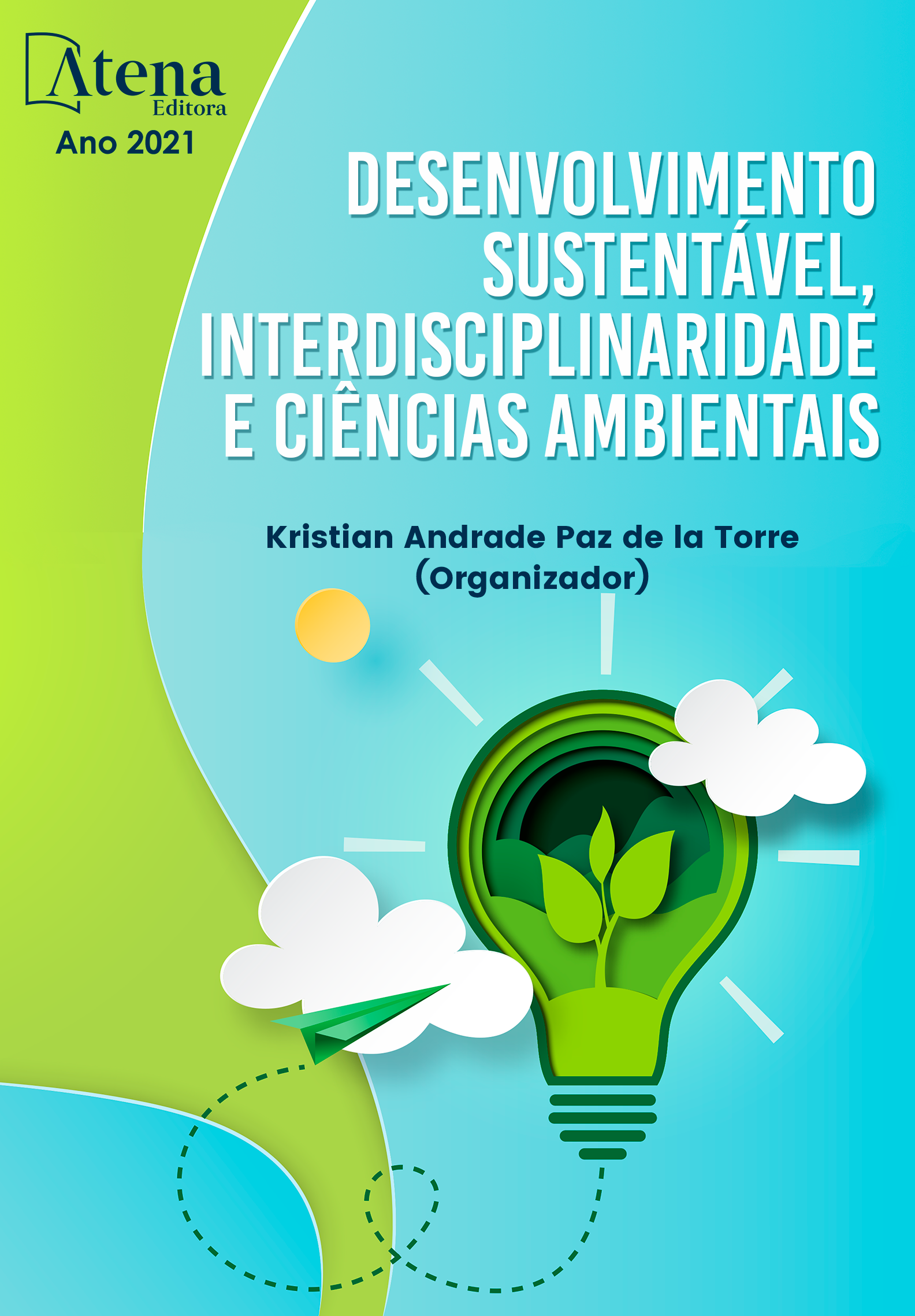
THE USE OF CAMPINARANA AS A PEDAGOGICAL TEACHING TOOL IN TWO PUBLIC SCHOOLS IN IGARAPÉ-MIRI / PARÁ
RESUMO: A campinarana é um dos tipos de vegetação mais ameaçados e menos protegidos, devido à perda de habitats ocasionada pela extração de areia, ocupa menos de 2% do estado do Pará, caracterizada pelo pequeno porte da vegetação sob solos arenosos. A pesquisa teve como objetivo realizar o levantamento florístico na Campinarana com diferentes estágios de exploração, utilizar as informações como recurso didático e verificar como é contextualizada nas escolas no município de Igarapé-Miri/PA. As coletas foram realizadas em três áreas com diferentes tempos de exploração: A (sem), B (após 30 anos) e C (atual). As plantas foram coletadas através da metodologia de interseção de linhas, e coletadas a cada metro na linha. As identificações foram feitas no Herbário do Museu Paraense Emílio Goeldi (MG). Para verificar se as escolas locais trabalham assuntos relacionados ao bioma da campinarana foram feitas entrevistas aos professores de ciências e aos alunos, assim como a percepção da comunidade sobre as questões de exploração da área. Foram coletadas cerca de 2474 plantas distribuídas em 38 famílias. A maior diversidade foi na área C onde foram encontradas 38 espécies e a menor na área B com 18. Cyperaceae (27,2%),Ochnaceae (6,8%), Lentiburiaceae (5,8%) e Fabaceae (5,7%) foram as famílias mais abundantes. Percebe-se que no início da exploração o corre aumento da diversidade que é reduzida após vários anos de exploração intensiva de areia no local. Em relação ao bioma campinarana pode ser utilizada de forma contextualizada pelos professores em suas aulas e os alunos sensibilizados sobre as questões ambientais.
THE USE OF CAMPINARANA AS A PEDAGOGICAL TEACHING TOOL IN TWO PUBLIC SCHOOLS IN IGARAPÉ-MIRI / PARÁ
-
DOI: 10.22533/at.ed.72121130417
-
Palavras-chave: Recurso pedagógico. Educação Ambiental. Campinarana
-
Keywords: Pedagogical resource. Environmental education. Campinarana
-
Abstract:
ABSTRACT: Campinarana is one of the most threatened and least protected vegetation types, due to the loss of habitats caused by sand extraction, occupies less than 2% of the state of Pará, characterized by the small size of vegetation under sandy soils. The research aimed to carry out the floristic survey in Campinarana with different stages of exploration, use this information as a didactic resource and verify how it is contextualized in elementary schools in the municipality of Igarapé-Miri / PA. The collections were carried out in three areas with different exploration: A (without), B (after 30 years) and C (current). Plants were collected using the line intersection methodology, and collected every meter on the line. The identifications were made at the Herbarium of the Museu Paraense Emílio Goeldi (MG). In order to verify whether local schools work on issues related to the biome of the campinarana, science teachers and students were interviewed, as well as the community's perception of the area's exploration issues. Based on local observations and collections, a booklet was prepared. About 2474 plants were collected, distributed in 38 families. The greatest diversity was in area C where 38 species were found and the smallest in area B with 18. Cyperaceae (27.2%), Ochnaceae (6.8%), Lentiburiaceae (5.8%) and Fabaceae (5.7 %) were the most abundant families. It is noticed that at the beginning of the exploration there is an increase in the diversity that is reduced after several years of intensive exploration of sand in the place. Regarding the campinaran biome, it can be used in a contextualized way by teachers in their classes and students sensitized on environmental issues.
-
Número de páginas: 13
- Luan dos Santos Costa
- Lauren Rubeni Pena de Lima
- Sebastião da Cunha Lopes


